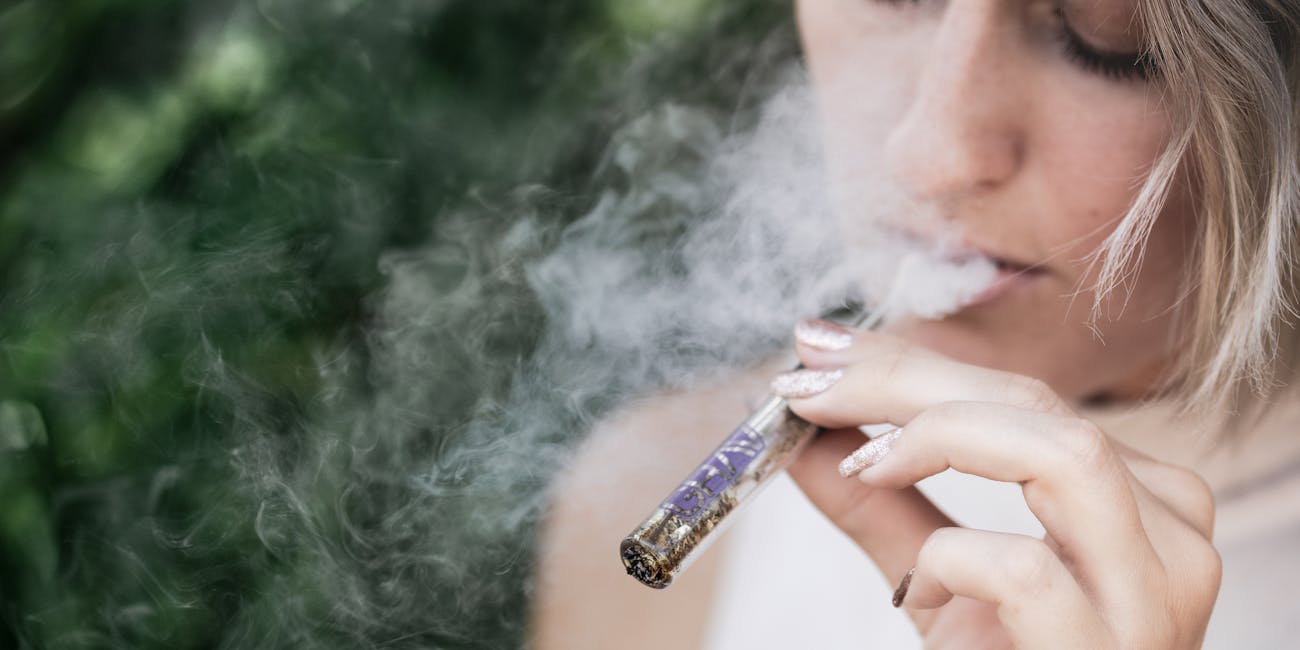Drug policy affects individual states differently.
Marijuana is now legalized in some form across 33 states
and the District of Columbia, and subsequently, the statistics show
that marijuana use is expanding. As cannabis use rises, researchers and
policymakers are concerned that we’ll see a rise in cannabis use
disorders as well. But according to a study published Wednesday in the International Journal of Drug Policy, it’s not a one-size-fits-all situation.
Most
cannabis-focused policy work, the Columbia University Mailman School of
Public Health team explains, assumes a “one policy, one outcome”
approach. However, it appears that a state’s broader policy climate
complicates health-related outcomes. The new study shows that, while
adolescents and young adults who live in more liberal states report
higher average rates of past-year cannabis use than those who live in
conservative states, rates of cannabis use disorders among
teens between 12 and 17 were significantly lower in the states with the
more liberal policies and marginally lower for those 26 and older.
First author and assistant professor Morgan Philbin, Ph.D. tells Inverse
says that this association emphasizes that “policies don’t exist in a
vacuum.” The study is not saying that just because someone lives in a
liberal state then it’s certain that they are less likely to develop
cannabis use disorder.
Instead, it suggests that the effects of
legalization are influenced by a variety of factors. Cannabis-specific
policies are being passed into different policy contexts across states,
and in turn, state-level contexts influence cannabis outcomes.
“Now
that this study is out in the world, we hope that policy-makers,
researchers, and key stakeholders consider not just the potential impact
of a specific policy, but also how that policy might have a
differential impact based on the context in which it is being
implement,” Philbin says.

She
reasons that there could be important state differences around factors
like serviceability or stigma, which could impact cannabis-related
knowledge, attitudes, and care access.
“We think
this is potentially important with the increasing passage of
recreational cannabis laws,” Philbin says. “Policies legalizing cannabis
may have different impacts on cannabis use depending on the state in
which it is passed, and it is important for policymakers to be aware of
and discuss those factors when considering legalization.”
Philbin
and her team examined state-level prevalence of past-year cannabis use
and cannabis use disorder among users aged 12 to 17, 18 to 25, and 26
and older from the 2004 to 2006 and 2010 to 2012 National Surveys on
Drug Use and Health. States were then categorized as liberal, moderate,
or conservative based on standings determined by the State Rank on
Policy Liberalism Index in 2005 and 2011. This index ranks state from 1
(most liberal) to 50 (most conservative) based on policies connected to
factors like gun control, abortion access, and tax structure.
They
found that cannabis use was consistently higher in liberal compared to
conservative states and, while it wasn’t the primary goal of the study,
they did find that overall, cannabis use disorder among past year
cannabis users ages 12 to 17 and ages 18 to 25 dropped when they
compared the periods 2004 to 2006 to 2010 to 2012. There wasn’t a
significant change for those older than 26.

Philbin
points out that this result aligns with data pulled from the National
Epidemiological Survey on Alcohol and Related Conditions, which found
that the prevalence of cannabis use disorder among cannabis users
decreased significantly from 2001 to 2002 to 2012 to 2013. This possibly
suggests that more individuals are using cannabis now compared to 12 to
15 year ago, but they don’t meet the clinical criteria for a cannabis
use disorder.
Meanwhile,
within all this increase, cannabis use was still higher in liberal
compared to conservative states. The data also revealed that while for
12 to 17 year olds cannabis use disorder decreased in conservative
states during that comparative window, the disorder remained 24 percent
higher than in liberal states. Overall, they found that when they looked
at cannabis use disorder among those aged 18 to 25 in conservative
states, it dropped from an average of 22 percent to 18 percent. In
liberal states, the change was a drop of 20 percent to 17 percent.
People are worried about cannabis use disorder
because it’s associated with a risk of psychiatric comorbidities,
cognitive deficits, and respiratory problems. It’s characterized by a
pattern of problematic use and is often accompanied by withdrawal symptoms
and increased tolerance to the drug. In the United States, a third of
all current cannabis users meet the diagnostic criteria for the
disorder, and more than 250,000 people were admitted for cannabis abuse
treatment in 2016.

No comments:
Post a Comment